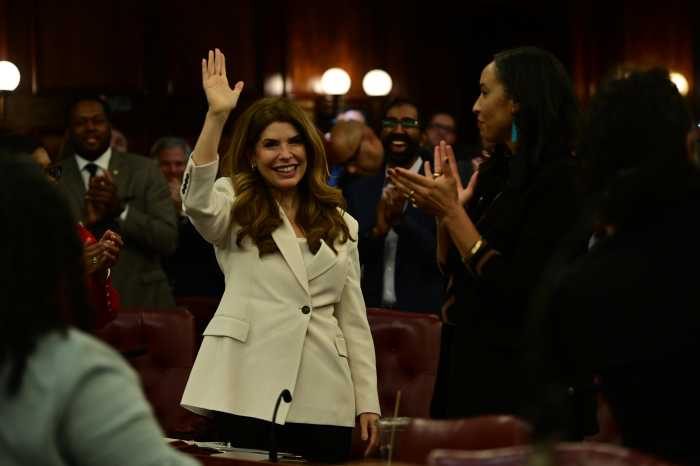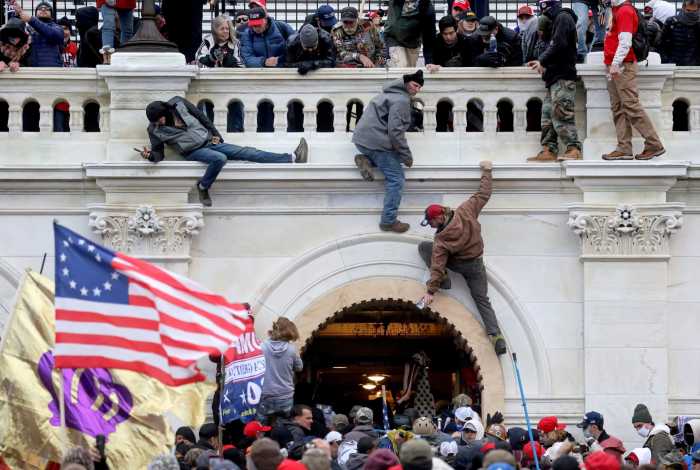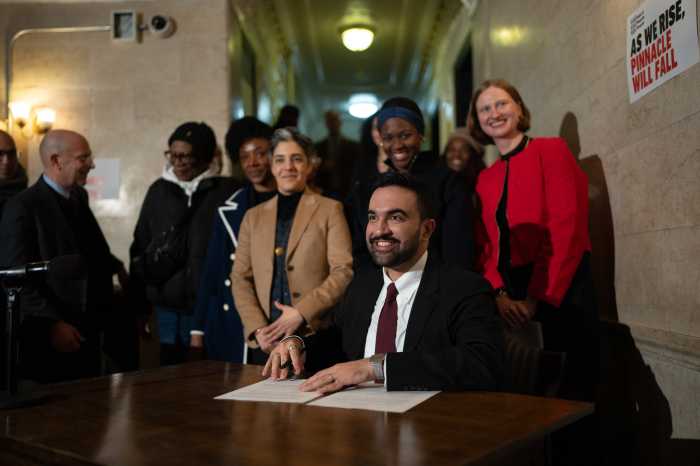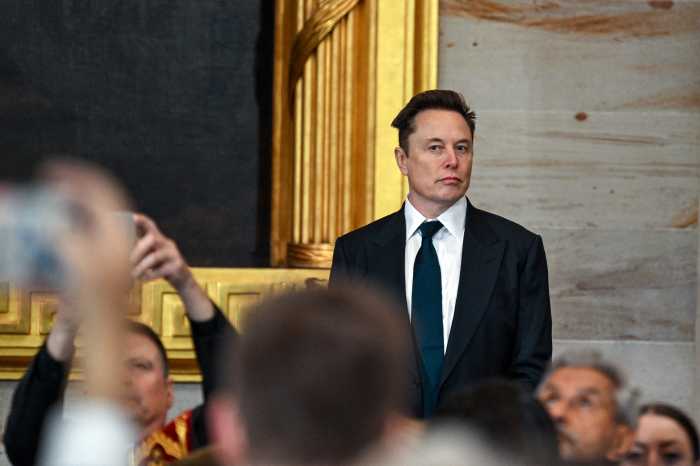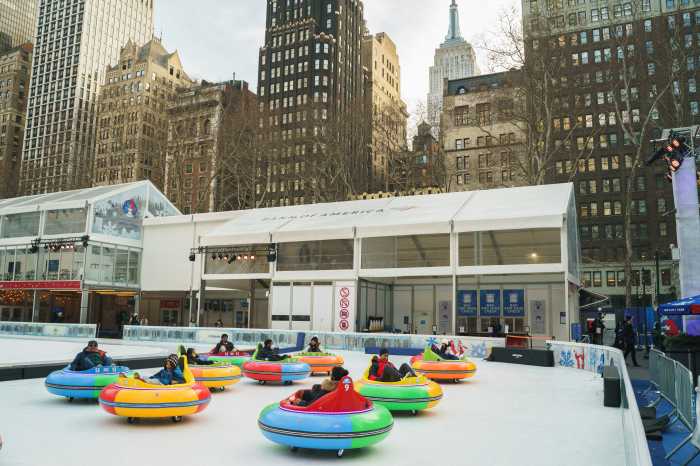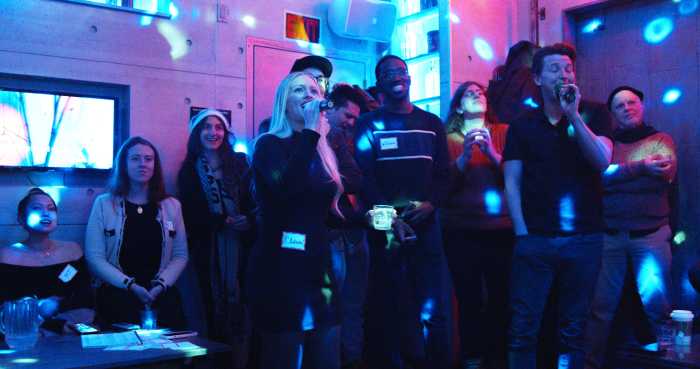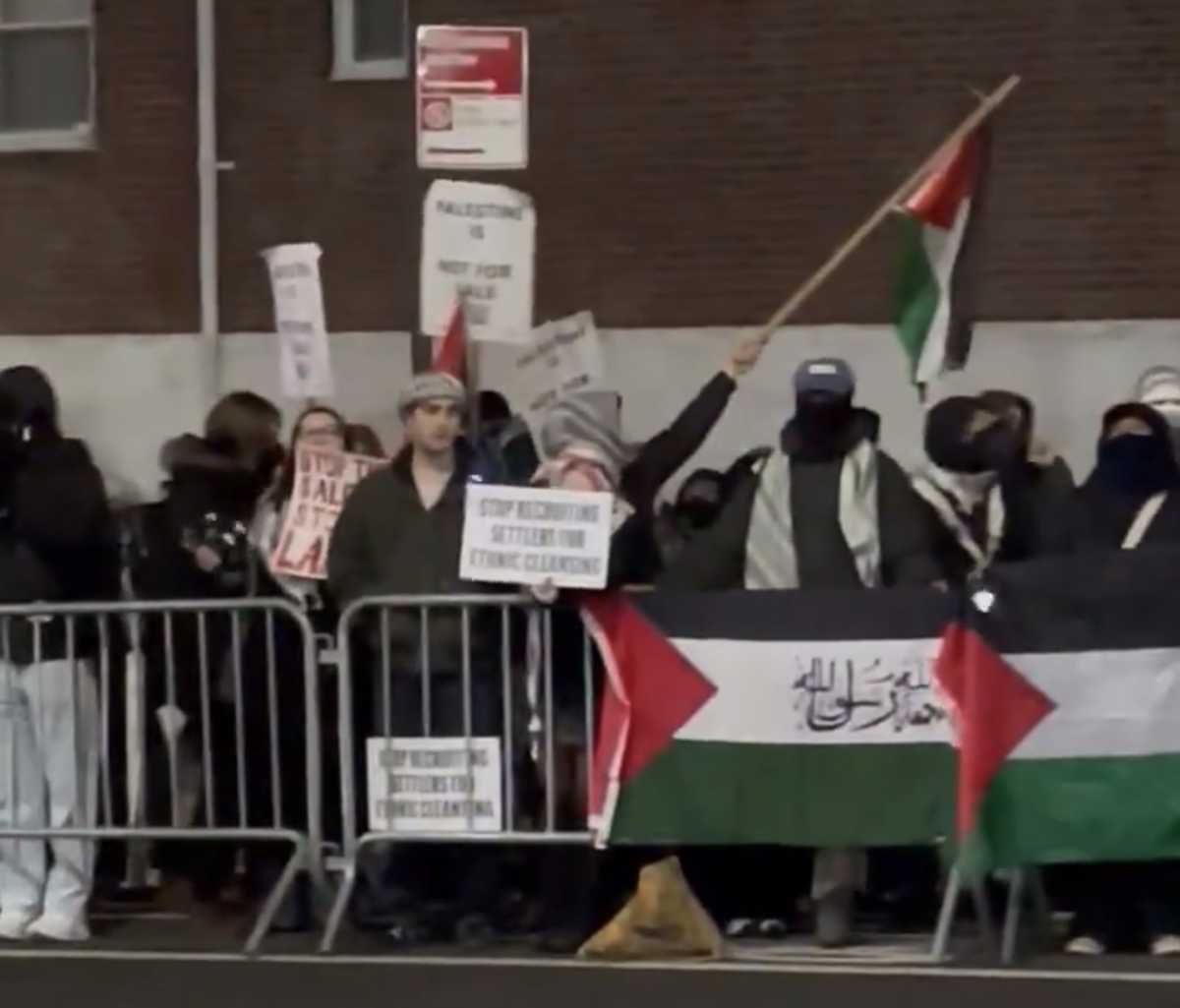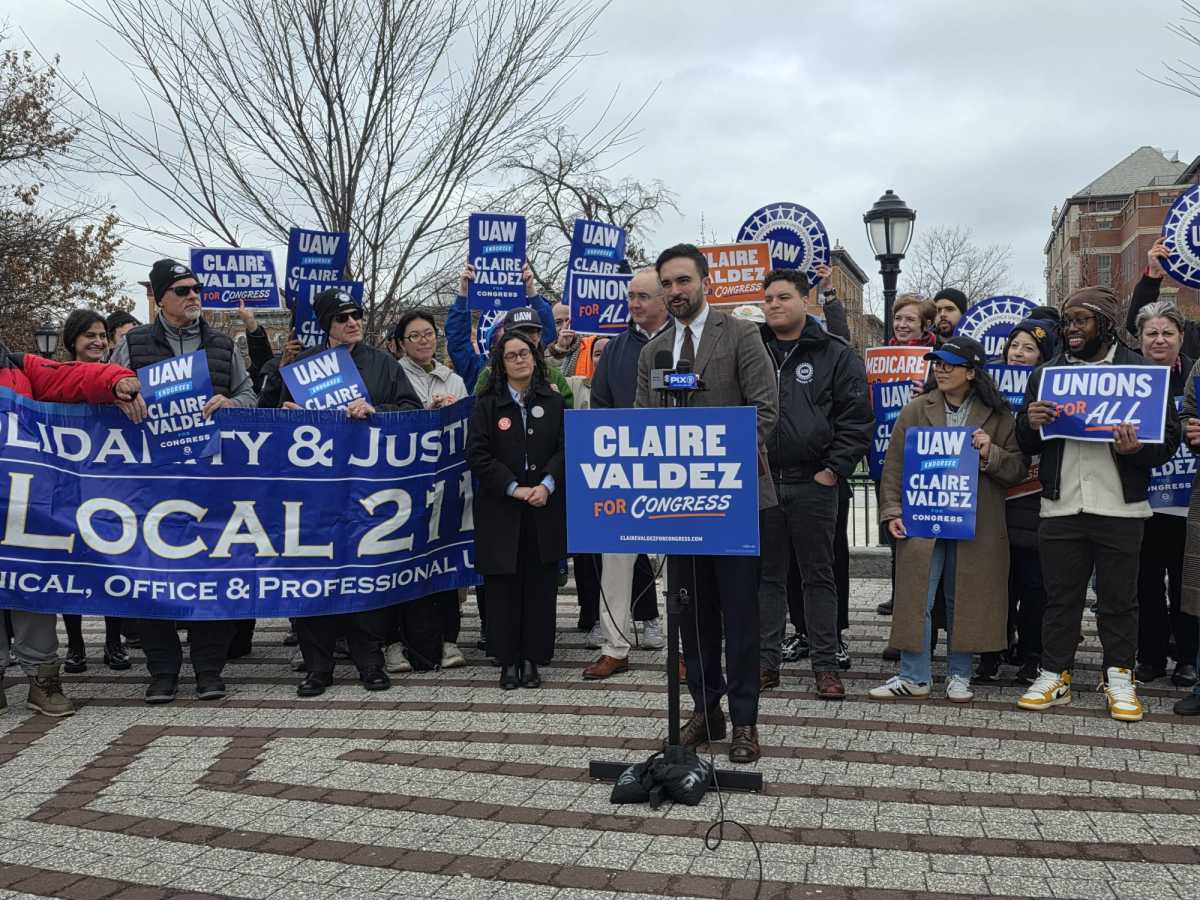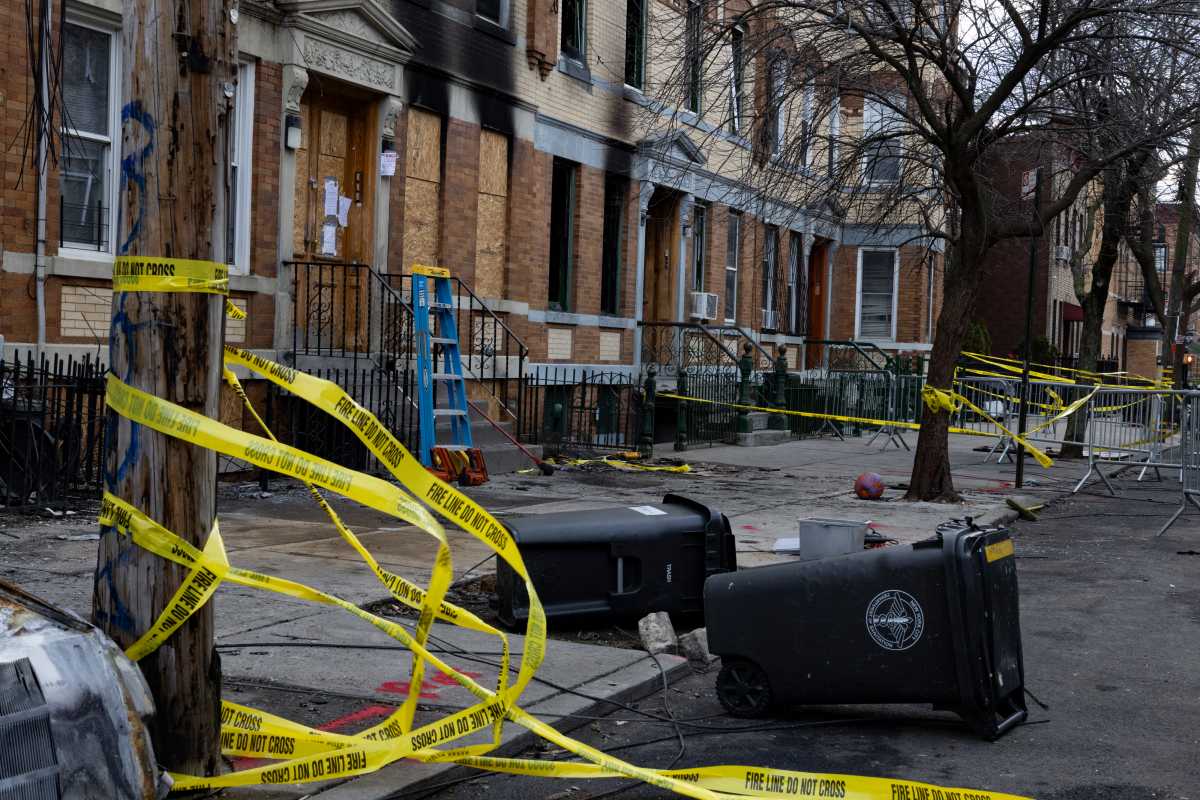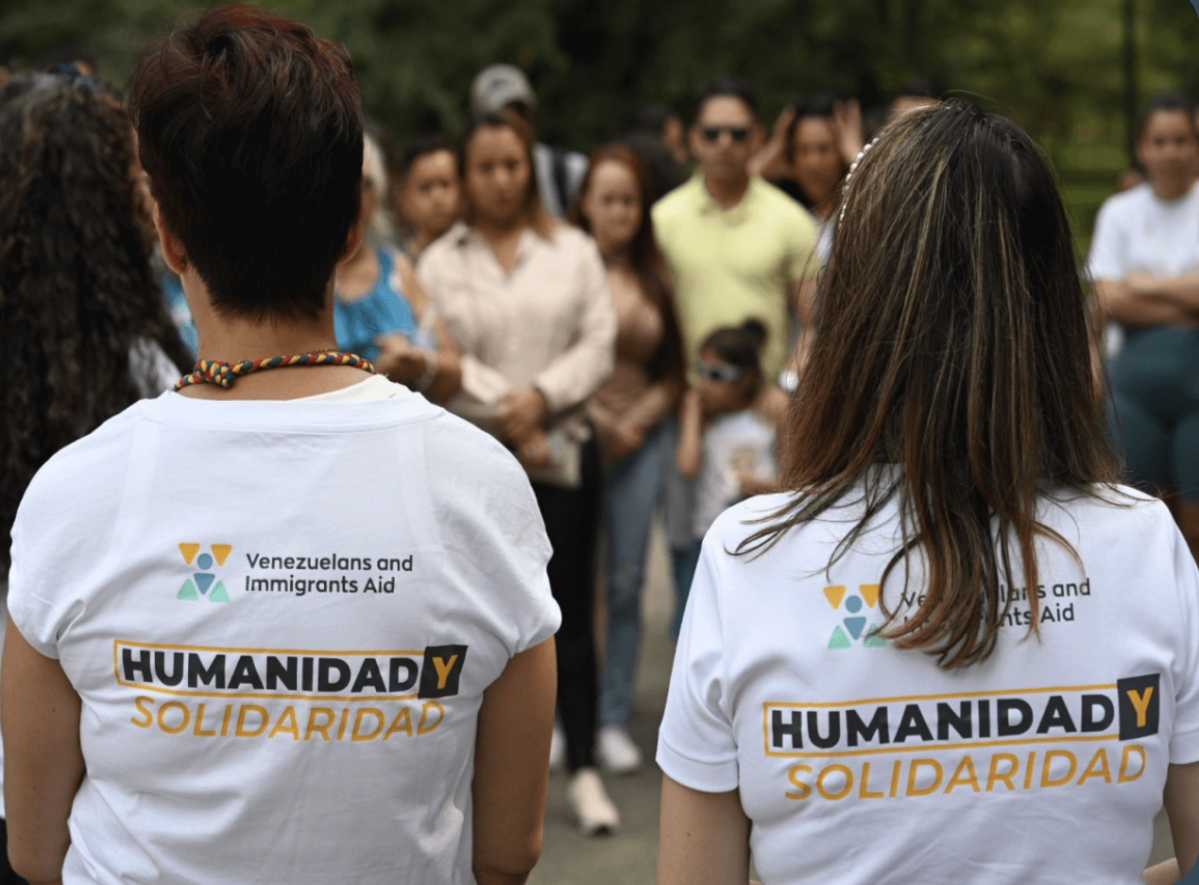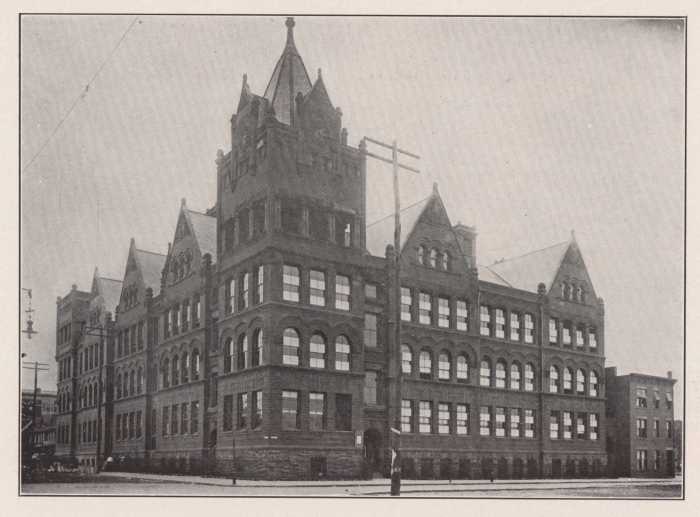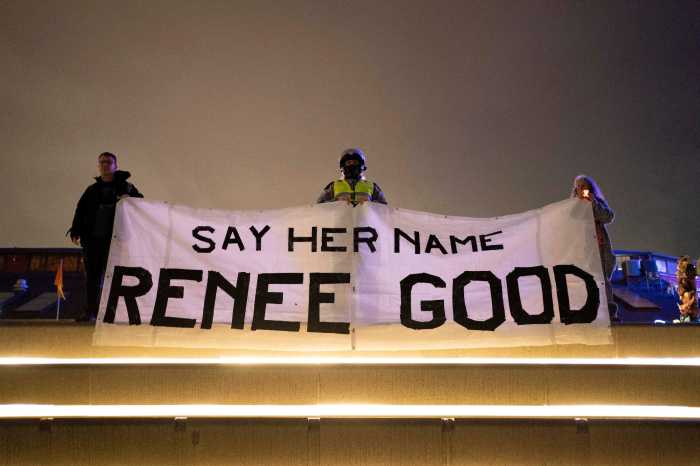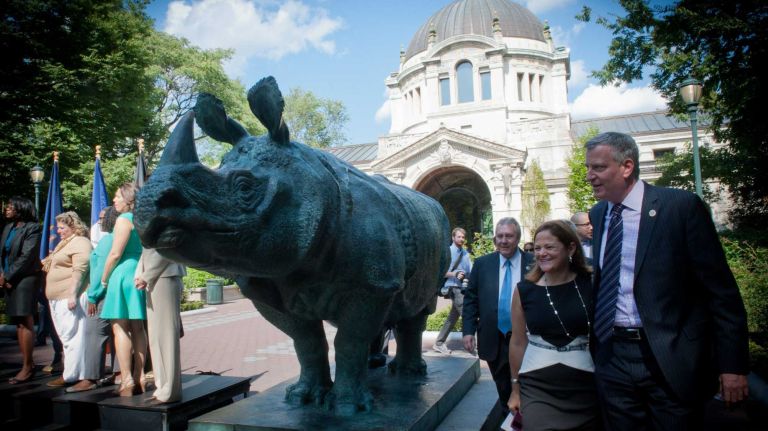
Mayor Bill de Blasio this week pledged $130 million to renovate 35 overlooked parks in some of the city’s poorest neighborhoods. This could have been a unifying moment for all New Yorkers.
Instead, the mayor chose to start a fight.
He talked about neighborhood fairness and equity and essentially accused his billionaire predecessor — Michael Bloomberg — of not caring about those values when it came to schools or job creation or parks.
This is shameless nonsense.
The schools got better on Bloomberg’s watch. The city successfully championed the growth of tourism as a way to create jobs across a broad economic spectrum. And the program to advance small parks that de Blasio touts was started by Bloomberg with an allocation of $80 million.
But the strongest part of de Blasio’s parks presentation was what he didn’t say. He didn’t say that the city would make private park conservancies set aside, say, 20 percent of their contributions from wealthy supporters for use by public parks that don’t have guardian angels.
That’s a relief for now. The idea had been hovering over City Hall like a storm cloud over a picnic since the mayor first embraced it in last year’s campaign.
It would do something astonishing. It would essentially order conservancy donors to spread the wealth around — when in fact they’re already voluntarily helping the city bear the costs of maintenance and programs in places like Central Park, Battery Park and Prospect Park.
Their generosity and civic-mindedness free the city to spend more on spaces like Bowne Playground in Queens, where de Blasio rolled out his small-parks program.
The city is ultimately responsible for all of New York’s 1,000 public playgrounds and 1,900 parks. If many are below par, that’s the fault of the elected officials who draw up the municipal budget and allocate resources.
De Blasio says the city still intends to ask conservancies to help address inequities. Maybe there’s an advisory role they can play regarding management and programs. Maybe there are other ways to help. But it’s de Blasio’s job to maintain the parks and repair inequities.



